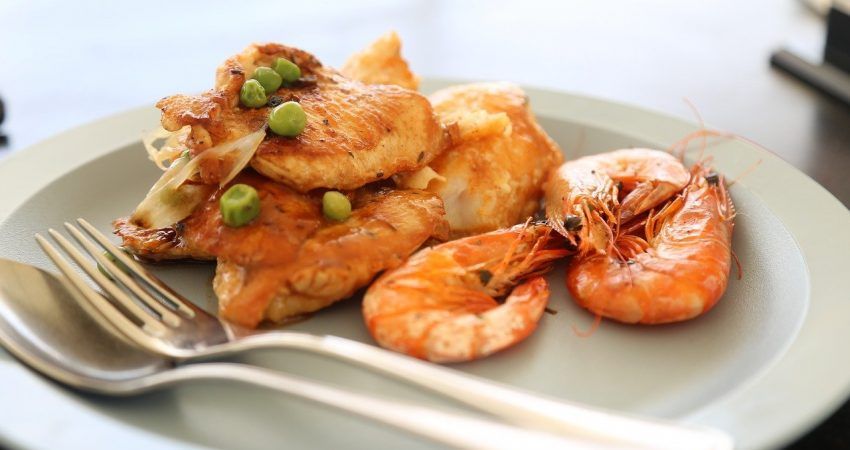
How to peel shrimps Clean fresh and frozen shrimps
How to peel shrimps?
Seafood is an increasingly popular delicacy in Poland. Unfortunately, still many people have problems with their proper preparation for consumption. There are many myths about this, which can even spoil the taste and take all the pleasure out of cooking the dish. It would be a pity to waste such tasty morsels, so with the help of, how to peel shrimps properly, here comes the tutorial below.
Cleaning the shrimp
Peeling shrimp It is best to start by washing them under cold water. Then we move on to removing the heads from the crustaceans. This is not mandatory – sometimes they are left on as part of maintaining the aesthetic convention of the serving. It also does not affect the taste of the dish. Whichever way you decide, getting rid of the carapace is already necessary. Due to the ring-shaped structure, all parts of the carapace meet on the ventral side of the shrimp. So it is best to start from there. It’s enough to gently pick them up with your fingers and they come off the crustacean’s flesh extremely easily and completely. Usually together with the carapace the legs also go away – if this is not the case it is recommended to get rid of them in a similar way.
Peeling shrimp from head and tail
The tail, as well as the head, can be kept, if it fits into the convention of serving the delicacy. Fresh shrimp look best in this version – in the case of frozen shrimp it is best to cut off any extra parts that will not be eaten. There is no significant difference in how to peel frozen shrimp. In some cases the tail is left together with the final part of the shell to make the dish look better on the plate.
The next step is to remove the intestines of the crustaceans. If they are left, they will give the dish a bitter, unpleasant, aftertaste. Cut open the abdominal part of the shrimp and then, gently pulling apart the inside, remove the dark vein – this is the animal’s intestine. You can use a toothpick or tweezers for this. If the intestine is ruptured, it is necessary to remove fragmentary parts of it. If you’re not sure if you’ve completely removed the insides, it’s a good idea to rinse the incision area of the meat with a stream of low-pressure water. The cut portion should be a light shade – any darker spots may indicate that interrupted sections of intestine remain. If we decided to leave the tail of the shrimp If it is a convention to serve the delicacy, you can keep the intestines together with the back part of the carapace. But don’t worry – such small elements will not be noticeable in the taste. In addition, the consuming person can safely leave the back part of the shrimp on the plate. In a few simple steps we have described how to peel shrimps – that’s really it. Following the instructions you can be sure that you will not make any mistakes while preparing crustaceans and you will surprise your guests with an original and tasty dish.
In addition, the cut off heads, tails and removed carapaces can be used to create an extremely aromatic stock; they will be ideal as a base for soups from Asian cuisine.

